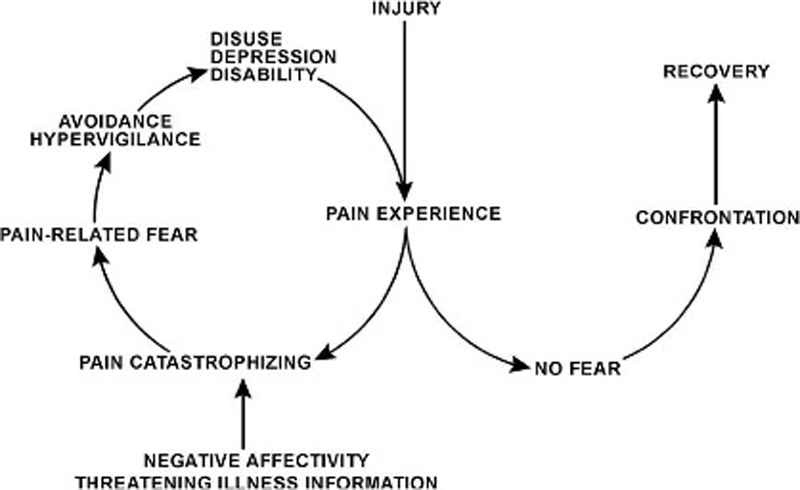Assessment of Patients With Neck Pain: A Review of Definitions, Selection Criteria, and Measurement Tools
SOURCE: J Chiropractic Medicine 2010 (Jun); 9 (2): 49–59 ~ FULL TEXT
Victoria Misailidou, Paraskevi Malliou, Anastasia Beneka,
Alexandros Karagiannidis, and Georgios Godolias
Laboratory Instructor, Department of Physical Therapy,
Technological Educational Institute of Thessaloniki,
57400, Thessaloniki, Greece
OBJECTIVE: The purpose of this literature review was to synthesize the existing literature on various definitions, classifications, selection criteria, and outcome measures used in different studies in patients with neck pain.
METHODS: A literature search of MEDLINE and CINAHL through September 2008 was performed to gather articles on the reliability, validity, and utility of a wide variety of outcome measurements for neck pain.
RESULTS: Different types of definitions appear in the literature based on anatomical location, etiology, severity, and duration of symptoms. Classifications according to severity and duration of pain and the establishment of selection criteria seem to play a crucial role in study designs and in clinical settings to ensure homogeneous groups and effective interventions. A series of objective tests and subjective self-report measures are useful in assessing physical abilities, pain, functional ability, psychosocial well-being, general health status, and quality of life in patients with neck pain. Self-administered questionnaires are commonly used in clinical practice and research projects.
There are more articles like this @ our:
CONCLUSIONS: Because of multidimensionality of chronic neck pain, more than just one index may be needed to gain a complete health profile of the patient with neck pain. The instruments chosen should be reliable, valid, and able to evaluate the effects of treatment.
From the Full-Text Article:
Introduction
The introduction of evidence-based practice in the last years of the 20th century stimulated the development and research of an enormous number of instruments to assess many types of patient variables. [1] Now, more rehabilitation professionals are familiarizing themselves with the use of outcome measures in clinical practice and for research purposes. [2, 3] Outcomes assessment is primarily designed to establish baselines, to evaluate the effect of an intervention, to assist in goal setting, and to motivate patients to evaluate their treatment. [4, 5] When used in a clinical setting, it can enhance clinical decision making and improve quality of care. [6] Many patients with neck pain visit health care clinics seeking treatment of their problem, and health professionals aim to use the best available evidence for making decisions about therapy. The best evidence comes from randomized clinical trials, systematic reviews, and evidence-based clinical practice guidelines. [7]
Read the rest of this Full Text article now!


Leave A Comment